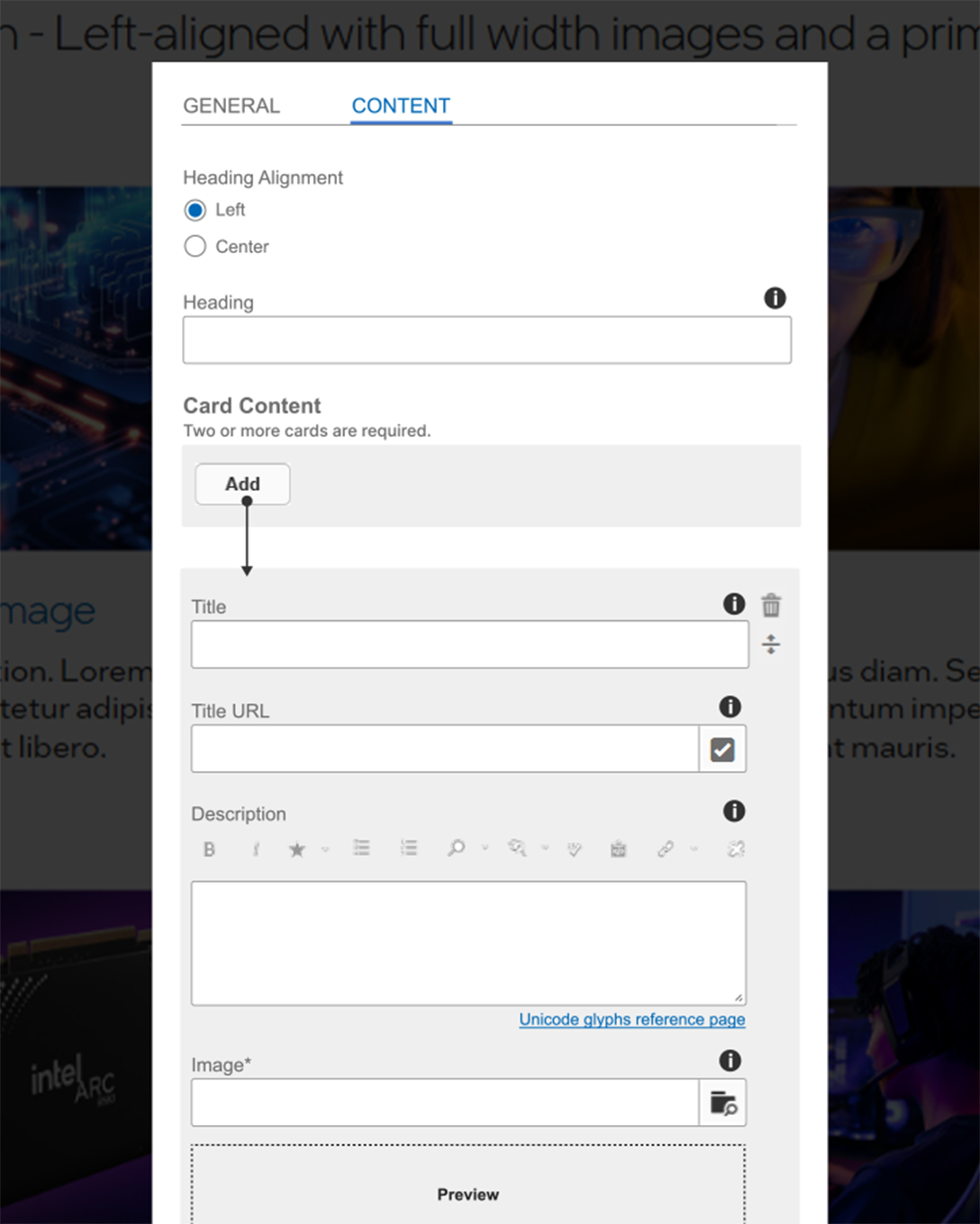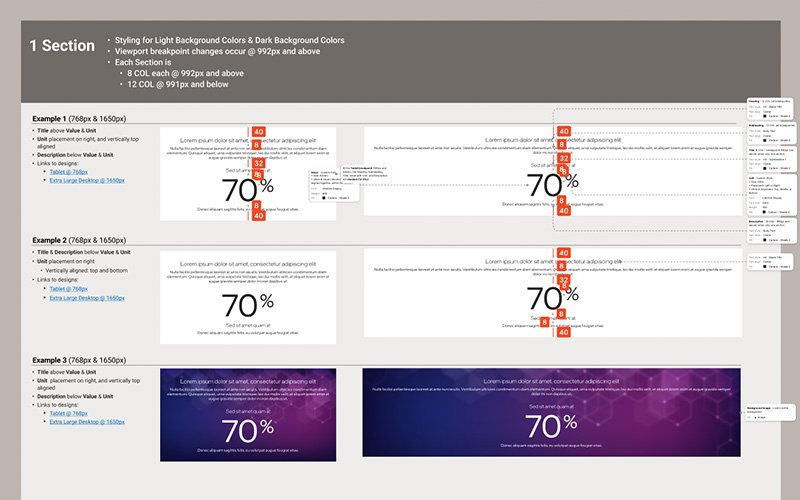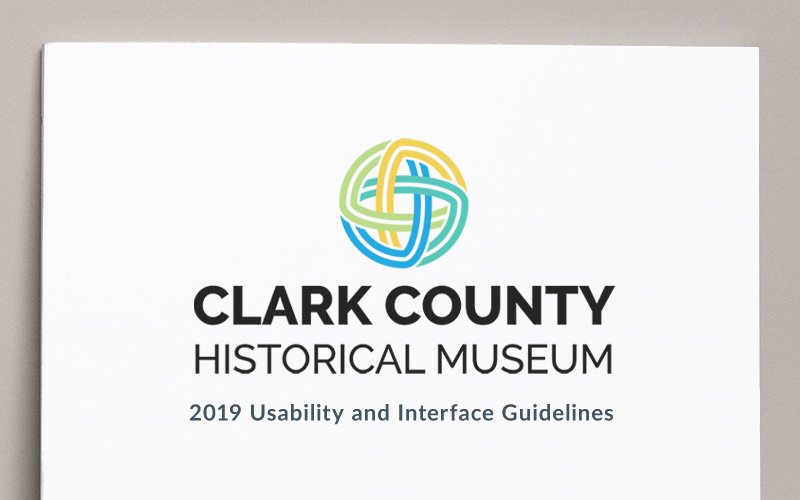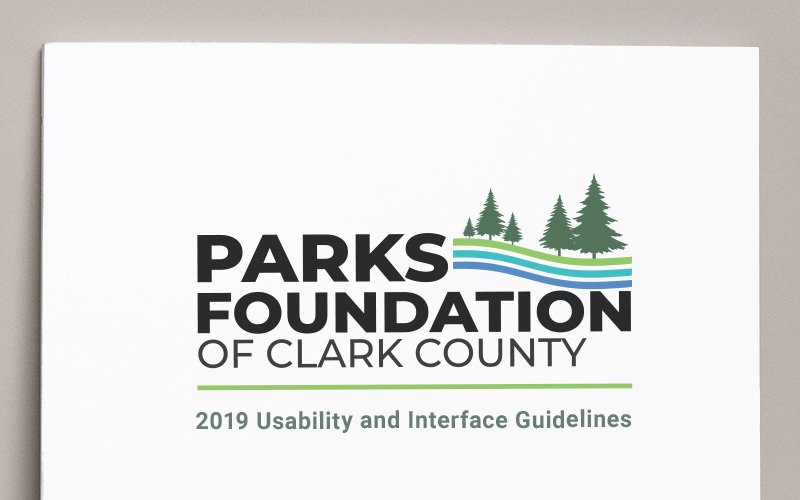Project Overview
Intel.com serves millions of users each month across over 700,000 web pages powered by more than 80 components and 15 templates. While the front-end experience has been continuously improved, the internal authoring environment has become fragmented, resulting in unclear workflows, inconsistent interfaces, and growing frustration among content creators.
This project aims to standardize Adobe Experience Manager (AEM) dialogs and create comprehensive authoring guidelines to enhance the content creation experience.
Scope
Develop standardized dialog patterns and accessible documentation across Intel.com's component library to support 125+ active content creators and external agency partners.
Problem Statement
The Challenge
Authors were spending more time navigating broken patterns and figuring out how to use the Adobe Experience Manager (AEM) authoring dialogs than on actually creating content. Content creators faced several issues, including inconsistent naming conventions, unclear tooltips, cluttered interfaces, and a lack of organizational tools. The absence of required field indicators led to submission errors, unclear content limits wasted hours of work, and inconsistent terminology across teams hindered collaboration. As a result, authors often avoided certain components, not because they lacked value, but because the authoring experience was too cumbersome.
Additionally, the capabilities of components were not documented in an accessible manner for external agencies and stakeholders. This situation resulted in several problems:
- Extended content production cycles due to rework
- Decline in author satisfaction and retention
- Increased support overhead and costs
- Overall decline in content quality
Designs from external agencies were often misaligned with the actual capabilities of components, which resulted in frustrated clients and costly redesign cycles.
My Discovery
I was initially hired to assist the UX Design team in revising and documenting the AEM component design revisions. However, as I examined the dialogs, I realized they were not standardized, and there was no central resource for viewing all component options. Recognizing this critical gap, I took the initiative to revise the dialogs as we updated the components and created comprehensive documentation for each. We then added this information to our pattern library website.
Research and Discovery
Methods Used
- Conducted component audit: I reviewed over 80 components and dialogs to identify inconsistencies, understand usage patterns, and note any constraints. To facilitate comparison and refinement, I compiled an Excel spreadsheet that listed the dialog options for each component.
- Performed author interviews: I analyzed the discrepancies between the planned workflows and the actual needs of the authors to gain insight into their pain points and challenges.
- Analyzed support data: I identified common pain points by examining feedback collected during office hours and patterns observed in support tickets.
- Observed workflows: I shadowed authors to uncover hidden inefficiencies and the mental load challenges they faced in their daily work.
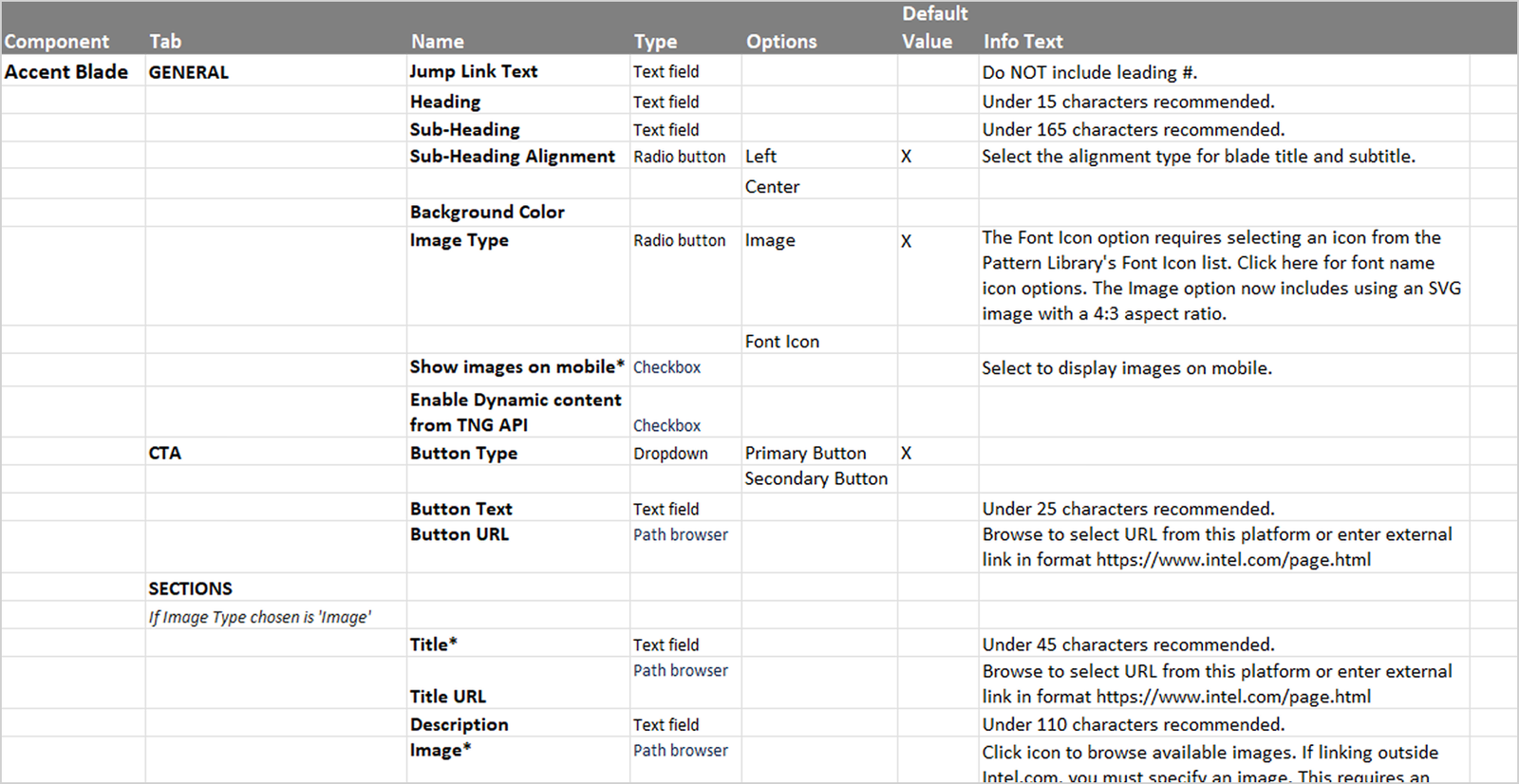
Key Insights and Findings
Through comprehensive analysis, I identified seven critical areas where the authoring experience failed:
Inconsistent naming conventions across more than 80 components increased cognitive load. Unclear tooltip guidance resulted in confusion and errors. Cluttered interfaces displayed irrelevant options in various contexts. The absence of organizational tools hindered efficient management of high volumes. The lack of required field indicators led to avoidable submission errors. Unclear content limits were only revealed after considerable effort. Inconsistent terminology across teams impeded collaboration.
Critical Discovery:
I discovered that the dialog and tooling problems were not solely about poor user experience; they indicated deeper issues in system design and cross-team alignment, which hindered scalability and consistency across the entire authoring ecosystem.
Problems Found
20%
Time navigating inconsistencies
70%
Support tied to dialogs
125+
Active authors
The authors built workarounds and informal networks to compensate, which clearly indicated that the official experience was not adequately meeting their needs.
Personas
Four primary user groups, each with distinct needs and challenges:
New Authors
They struggle with unclear onboarding processes and inconsistent patterns that do not transfer across different components.
Power Users
While they have created workarounds, they experience reduced efficiency due to navigating inconsistencies and may face challenges when teaching others their informal solutions.
Occasional Authors
They tend to avoid complex components because of a poor authoring experience and difficulty in remembering patterns.
Cross-team Collaborators
They encounter communication barriers stemming from inconsistent terminology used among design, development, and content teams.
Ideation & Exploration
Design Thinking Process
With a clear understanding of the four primary user groups and their distinct needs, I initiated a structured ideation process to explore solutions that cater to all groups. This included new authors needing straightforward onboarding, power users seeking efficiency, occasional authors wanting to avoid complexity, and cross-team collaborators requiring consistent terminology.
I started by mapping the journey for each persona through the current authoring experience, identifying pain points and opportunities for improvement. Through collaborative workshops with representatives from each user group, I facilitated brainstorming sessions to generate potential solutions. I then synthesized these ideas into testable concepts by creating low-fidelity wireframes to explore different organizational structures and information hierarchies.
Alternatives Explored
I evaluated several distinct approaches to address the challenge of dialog standardization:
- Redesign: This approach involved redesigning the dialog for each component individually based on its specific needs. While this allowed for highly customized solutions, it risked perpetuating inconsistencies and would be challenging to scale across over 80 components.
- Minimal Intervention Approach: This method focused on addressing only the most critical issues, such as fixing broken patterns and adding basic tooltips, without pursuing comprehensive standardization. Although it could be implemented more quickly, it would not resolve the underlying systemic problems or provide a solid foundation for future development.
- Framework-First Approach: This strategy involved creating a comprehensive design system for dialogs that included standardized patterns, naming conventions, and interaction models applicable across all components. While this required more upfront investment, it would ensure consistency and scalability.
- Progressive Disclosure with Contextual Guidance: Building on the framework approach, this option added layers of sophistication through smart display options that adjust based on user selections, combined with embedded contextual help. This would benefit both novice and expert users while reducing cognitive load.
- Hybrid Documentation Model: This approach explored integrating dialog specifications directly into the Pattern Library, creating a self-service resource that would reduce dependency on support while maintaining a single source of truth for both authors and external agencies.
Selected Approach
I opted for a combined strategy that integrated the Framework-First Approach with Progressive Disclosure and the Hybrid Documentation Model. This approach was chosen because it effectively addressed the needs of all four user personas simultaneously:
- New authors would benefit from consistent patterns that transferred across components.
- Power users would gain efficiency through reduced clutter and smart contextual displays.
- Occasional authors would receive visual cues and embedded guidance to help with memory retention.
- Cross-team collaborators would use standardized terminology across design, development, and content.
Early validation sessions confirmed this direction. Testing the progressive disclosure patterns showed that initially hiding advanced options reduced cognitive load for new and occasional authors without frustrating power users, who quickly adjusted to the expanded interaction patterns. Prototypes that utilize standardized terminology also enhance communication during cross-functional meetings.
Working within AEM's technical constraints required balancing the ideal user experience with platform feasibility. I focused on solutions that could be implemented within AEM's native dialog framework while still achieving significant usability improvements. The selected approach provided immediate implementability, scalability across more than 80 components, and flexibility for future development, laying the groundwork for the comprehensive design principles and standards framework detailed in the design process.
Design Process
I built a scalable framework and then redesigned every dialog to ensure alignment with it.
Design Principles
- Consistency: Standardized patterns and terminology across over 80 components.
- Clarity: Provided action-oriented guidance at every step of the process.
- Efficiency: Created contextual interfaces that display only relevant options.
- Empowerment: Created individual pages for each dialog in the Pattern Library, making them self-service resources and decreasing dependency on support.
Information Architecture and Content Strategy
I mapped workflows to align with authors' cognitive processes. I designed structured dialogues that follow the natural content creation flow, starting with component options and their visual representation on the page, and then narrowing down to section choices.
I focused on simplifying complex steps to enhance productivity. For example, options would only be visible when a specific choice was selected, reducing cognitive load and visual clutter.
Design Standards Framework
I established comprehensive standards that can scale across all components:
- Field Naming Conventions: Use a consistent terminology across all dialogs. For example, refer to "Heading" instead of using terms like "Title," "Blade Title," "Headline," "Header," or "Title" for each section.
- Tooltip Guidelines: Provide additional guidance to help users understand the correct actions they need to take.
- Interaction Pattern Rules: Ensured consistent use of radio buttons and dropdowns.
- Visual Hierarchy Standards: Defined required fields, content limits, and error messaging.
- Content Guidance Integration: Included character counts, formatting notes, and previews to assist users.
Testing
Validation Methods
I conducted extensive testing to ensure that the solutions met user needs. This involved:
- Focus groups with new, experienced, and occasional authors
- Developing dialog wireframes with component-specific specifications
- Gathering continuous feedback throughout the development process
Key Findings & Iterations
The following insights were gathered during the validation process:
- Authors required more contextual guidance than we initially provided.
- Implementing progressive disclosure was essential for managing complex components.
- Consistency in terminology had a greater impact than we had anticipated.
- Defining required fields and content limits improved data quality.
Solution & Results
Final Design Solution
Comprehensive Dialog Standardization
- Unified field naming across 80+ components
- Contextual tooltips that offer clear, actionable guidance
- Smart options are displayed based on the type of content and its context
- Required indicators and inline content limits
- Integrated sorting and organization tools
Scalable Documentation System
- Pattern library with dialog wireframes
- Usage guidelines and best practices
- Onboarding resources mixing principles and specifics
- Searchable component reference
Strategic Implementation Approach
I implemented a phased rollout that prioritized the most frequently used components. Training was provided for authors to manage the change effectively. I gathered continuous feedback to make iterative adjustments and established cross-team protocols to ensure consistency across the team.
Quantitative Results
98%
Drop in dialog related office hours
↓
Support tickets on authoring
↑
Workflow efficiency
↘︎
Onboarding time
Qualitative Impact
- Increased author confidence as complex components are no longer avoided.
- Improved communication between teams through shared terminology.
- Contextual guidance enables teams to focus more on content quality.
- Enhanced output achieved through more precise requirements and well-defined capabilities.
- Eliminated mismatches between design and implementation when collaborating with external agencies.
- Reduced client frustration and minimized project rework costs.
- Strengthened agency relationships through clear documentation of capabilities.
Long-Term Organizational Benefits
- Establishes a foundation for scalable component development.
- Lowers maintenance costs through standardized implementations.
- Provides a platform for personalization and workflow optimization.
- Enhances satisfaction and retention rates among authors.
Reflection & Learnings
This project transformed the organization's approach to internal experience design by recognizing content authors as vital users, resulting in significant improvements in productivity, satisfaction, and overall customer experience.
What Worked Well
- Conducting a comprehensive audit that uncovered systemic issues extending beyond surface-level usability problems
- Designing with content creators as primary users, rather than focusing solely on end users, which significantly improved the entire ecosystem
- Implementing iterative testing that validated solutions based on real usage patterns and author workflows
- Building cross-functional collaboration that proved essential for promoting adoption and ensuring long-term sustainability
- Creating a scalable framework that could be applied consistently across 80+ components
Challenges Faced & How I Overcame Them
- Stakeholder Alignment: I connected authoring efficiency to the quality of the end-user experience, demonstrating that improved authoring tools lead to better content for our millions of visitors.
- AEM Constraints: I enhanced usability within the platform's limitations, employing creative strategies to work with what was technically feasible.
- Change Management: I trained authors without disrupting production by implementing a phased rollout and providing continuous support.
- Resourcing: I demonstrated the return on investment for behind-the-scenes improvements by quantifying time savings and reducing support overhead.
What I Would Do Differently
- Begin with more granular user research to identify edge cases earlier.
- Involve developers in the initial audit phase to facilitate a more comprehensive assessment of technical feasibility.
- Establish more formal metrics tracking from the outset to quantify improvements more effectively.
Key Strategic Insights
- Internal users are vital to the organization's success. This project transformed our approach to internal experience design by recognizing content authors as essential stakeholders whose productivity directly impacts the end-user experience. The 98% reduction in support requests and the significant decrease in onboarding time demonstrated that investing in internal tools produces measurable business value.
- My Unique Value Proposition: My ability to integrate UX design, technical systems, and content strategy allows me to look beyond individual component fixes to identify the systemic standardization needed. This holistic perspective enables me to create solutions that not only address immediate pain points but also ensure long-term scalability.
- Broader Impact: The comprehensive standardization framework I developed established a foundation for scalable component development and illustrated that documentation serves as a strategic design tool, not just a deliverable. This framework became a template for other initiatives on Intel.com, showcasing how strategic UX thinking can lead to systematic process improvements beyond individual designs. Ultimately, it bridges silos between design, development, and content teams while preserving institutional knowledge across the organization.
"Behind every exceptional user experience is a team of empowered content creators working with tools designed for their success."
